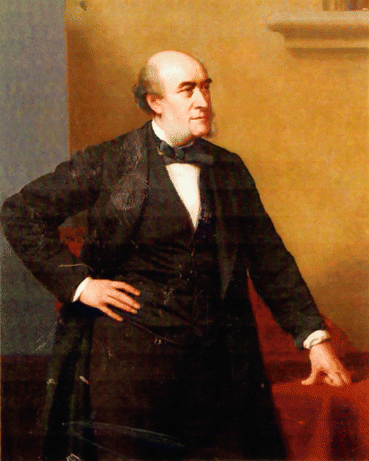(1)
Department of Plastic Surgery, University Hospital Leiden, Leiden, The Netherlands

Up until the middle of the nineteenth century, general surgery consisted largely in amputations of diseased or injured limbs and lightening slash and grab raids on bladder stones. To many surgeons, these procedures, which inflicted intense pain on their patients, were abhorrent. Suddenly, in 1846, with the introduction of ether anaesthesia, all this was to change and William Fergusson found himself in the happy position to benefit from the new style of surgery where pain was abolished and speed began to play a less important part in the operation. Furthermore, in place of amputations, it now became feasible to attempt surgical procedures aimed at conserving or reconstructing diseased parts, which were earlier needlessly sacrificed. It may be remembered that when Percivall Pott suffered a compound fracture of his tibia, his colleagues wished to amputate, but the timely arrival of his old teacher Edward Nourse, who thought conservative treatment feasible, saved his leg.
Fergusson coined the term ‘conservative’ surgery, and this aim to repair and conserve was perhaps his greatest contribution to surgery.
William Fergusson, the son of the Laird of Lochmaben, was born in Prestonpans and educated at the Lochmaben Grammar School and the High School in Edinburgh. At the age of 15, he entered a law office, but after 2 years of drudgery, he turned to the study of medicine in Edinburgh.
Stay updated, free articles. Join our Telegram channel

Full access? Get Clinical Tree








